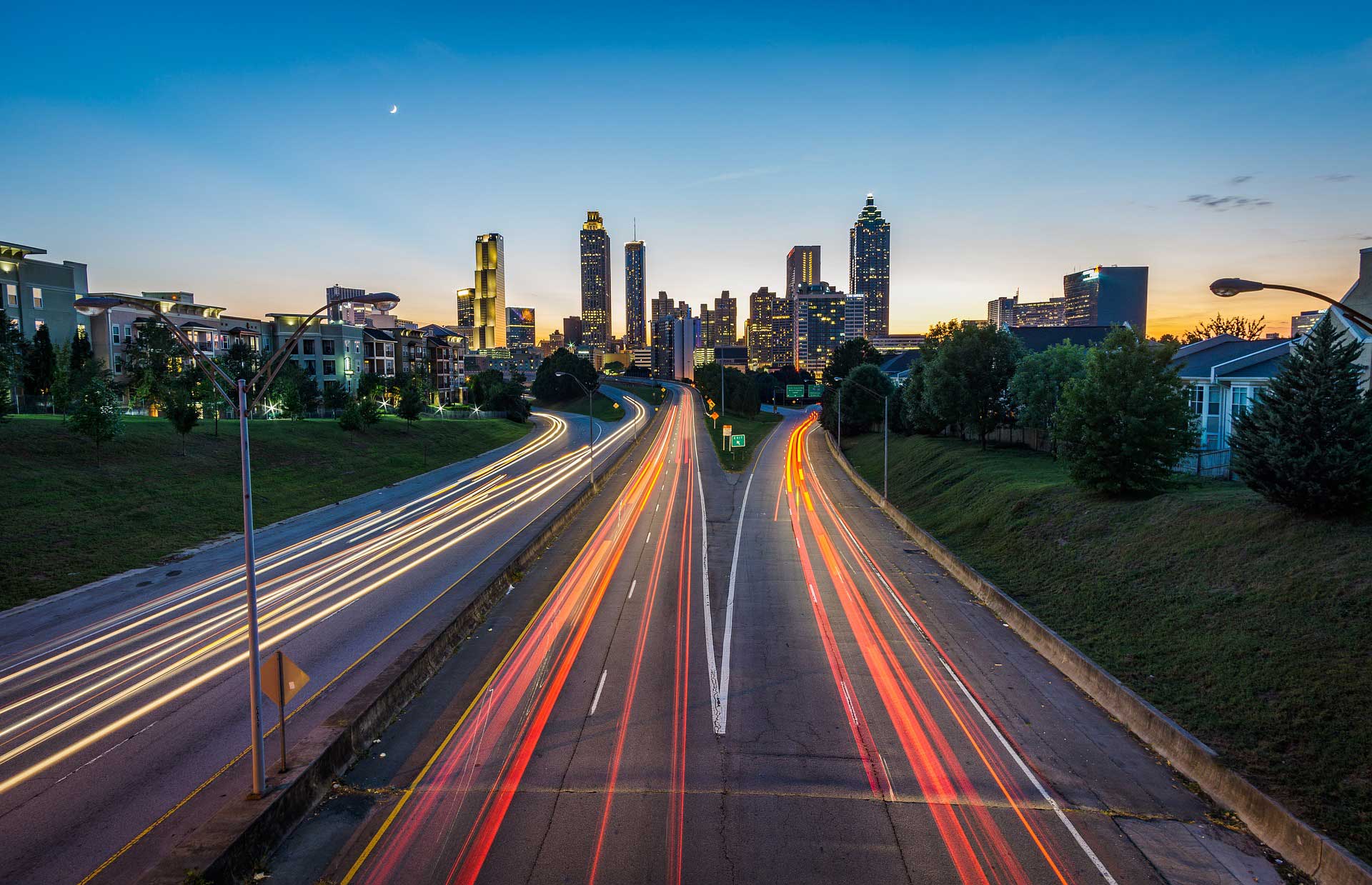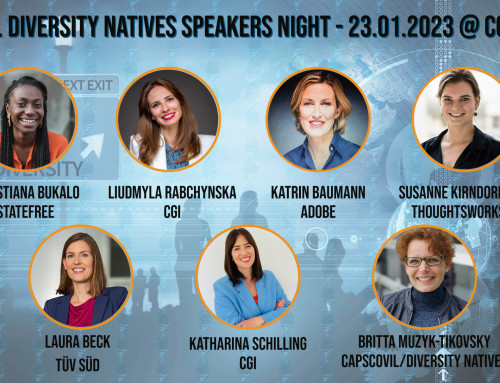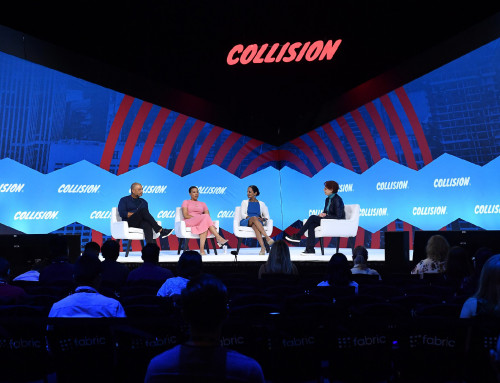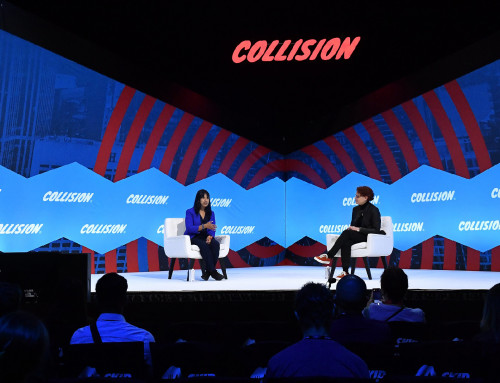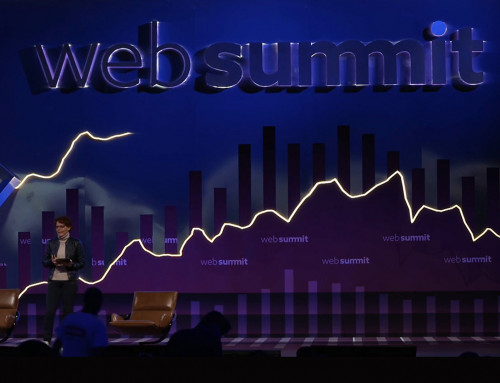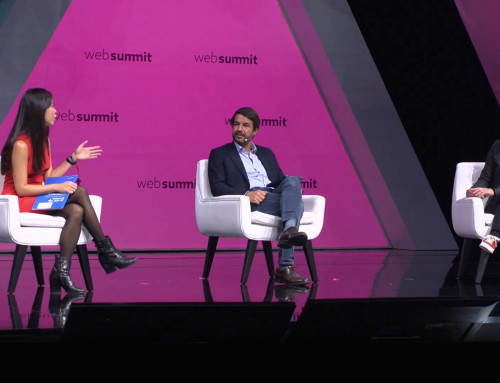Feature Article
December 2016 – by Michael Sauer
The yearly industry gathering of mobility experts at TU Automotive Europe, held in Munich on 2nd and 3rd of November 2016, indicated that exciting times lie ahead. How dramatic the shift will be in future was reflected by the announcement of the assumed automotive killer app: autonomous driving. Two years ago it had been radio. It is expected that autonomous driving won’t take decades to become a reality. This makes an imminent change to the whole industry highly likely. With cars not being mechanical machines anymore but fully loaded with software and connected among each other as well as with their surrounding ecosystems like smartphones, more and more business models are bound to emerge. This offers the chance for new players from the IT industry and start-ups alike to enter the market in an easier way than it used to be decades, no, years ago. Consequently, the TU Automotive conference was a potpourri of the old industry trying to keep their grounds and IT giants pushing into the market. They were joined by young and innovative companies ready to disrupt the market and claim their share.
New mobility concepts by the old industry and new players
The incumbent industry players know that they need to offer new mobility solutions in order to keep up with disruptive new players that are popping up like mushrooms. Volkswagen’s Chief Digital Officer Johann Jungwirth reiterated their efforts to go “all-in” with on-demand mobility services by forming a new 13th brand. Already announced at the Paris Motor Show a few weeks before the event, the statement remained pretty vague and no further details such as which products will be used etc. were given. At least he offered the information that it involves Israeli start-up Gett’s solution. Besides Hamburg more city partnerships are being formed for this new brand which will be independent of the other 12 Volkswagen brands. BMW`s mobility brand DriveNow reported that the utilization of their vehicles is now six times higher than that of a car owned by a single person. Another interesting insight was also provided: DriveNow boosted combined mobility where users not only rent a car but additionally use as bike or public transportation, or even walking, to get to their desired location. This confirms the importance of intermodal transportation/mobility offerings that are addressed by many different companies. Car 2 Go offered information that Madrid is currently their most successful city with electric vehicles being rented 15 times per day each. Michael Knudsen of BMW iVentures pointed out the importance of understanding how vehicles and mobility services can be linked intelligently with smartphone solutions in order to efficiently promote urban mobility both with and without automobiles. Their approaches involving vehicles will be focused on electric mobility. A competition for the old economy in the field of mobility services are players like Upstream – next level mobility GmbH. The young company addresses urban mobility in Vienna and recently launched an open platform for mobility providers from all walks of the market. The platform is bound to integrate solutions from all parts of the mobility chain ranging from taxis, Uber, car-sharing rides to parking garages. Startup Carjump follows a similar concept, however, focuses on aggregating information on available vehicles from car sharing providers. Their goal is to remove the hurdle of having to sign up for multiple services.
Digital ecosystems and car makers becoming the Samsung of cars
One of the key topics addressed in different presentations and discussions were digital ecosystems. OEMs highlighted the impact that smartphone operating systems have had on their internal development plans. The increasing use of smart devices by their customers has led OEMs to shift their attention from just the vehicle to a more customer-focused view as the vehicle becomes part of the customer’s digital lifestyle. The manufacturers agree that it is necessary to offer tailored mobility solutions for every device their customers will be using. BMW is focusing on providing these solutions in-house and keeping the rains on proprietary services. An ambitious goal, considering the huge difference in life-cycle times for cars and consumer devices. Volvo wants to provide additional benefit through partnerships they are building. Renault, however, acknowledged the fact that customers appreciate the freedom of choice and therefore Renault is following an open platform concept with different OS solutions. Their goal is to strengthen the customer relationship by enabling him to choose his preferred eco-system, may it be Microsoft, Apple or Google made. OEMs following the path of Renault run the risk of becoming hardware providers for the owners of software ecosystems like Google and co. This would be similar to what Samsung did in the smart phone market. Sensor data collected by the car and vital for offering new services are the crown jewels of the OEM. New competition like Uber has realized this rather quickly. Their bold statement of “Transportation as reliable as running water. For everyone. At any time. Everywhere.” is reminiscent of that of Ford in their early days. However, will the new disruptor benefit the economy as Henry Ford did? Uber plans to replace the more than currently one million underpaid drivers by robot cars allowing them to skims off even more data off the vehicle and its passenger. Technological advancements are on their side, 5G being among the most promising which has yet to be proven. The only threat may be coming from over-regulation which Uber does not fear at the moment. Less disrupting and a refreshing approach to de-crowd the streets comes from India startup Zify that offers carpooling services for companies with more than 500 employees. Public transportation is one of the oldest carpooling services. Startup Next Future Transportation wants to make it more efficient and sustainable with their modular concept of self-driving electric modules that connect and disconnect to optimize use of existing infrastructure. Another concept to increase the efficiency of car use is envisioned by startup Beerides. Their target markets are airport parking and car rentals. Supported by insurance company Allianz, they offer car owners free parking, a free car wash and a revenue share in return for access to and use of the car while the owner is away on his trip.
Comment: vision and focus
A lot of presentations addressed mobility with regards to the impact on globalization, urbanization and climate change. Car makers outlined their visions on how they want to tackle these phenomena and help to make the world a better place. Most of these visions involved electric mobility, autonomous driving, car sharing and other new mobility concepts. Especially Volkswagen`s Chief Digital Officer Johann Jungwirth talked about the future of mobility and their plans to create a completely new mobility brand, which was publicly introduced only one month later at the TechCrunch Disrupt Conference in London. This new brand called Moia is focused on providing mobility solutions. Moia`s will first start to offer an on-demand shuttle service based on vehicles with electric drivetrains and will eventually transform into an autonomous on-demand transportation service. Their planned partnerships with Gett and other ride hailing-services is an especially interesting field to watch.
Talking about and introducing these visions that focus on today’s mega-trends is good and important and helps shape the brands of car makers. However, what I missed, especially from the OEMs, was a detailed plan on a much smaller scale: serving the individual. This was underlined by Facebook`s Christoph Stadeler who repeatedly pointed out that Facebook is a company focused on users and that he thinks car makers lack this user-centric view, especially when it comes to digital services and tools. Here’s a typical example that I am faced with when using a car sharing service and trying to use their on-board navigation system: you have to enter country and city first before being able to enter a street name. Why are cities close by not suggested first when starting to enter a city name? Why are they listed in an alphabetical order? One could assume that car sharing companies evaluate the rides and would thus be able to make suggestions based on experience. When using a car sharing service I want to get from A to B quickly and not waste time (and money) on setting up navigation. Consequently, I am only using Google maps which lets you enter your destination in a fraction of the time. This is just one example where there is much room for improvement. In contrast to consumer electronic companies and young tech companies where the user is in the center of R&D, car companies are mostly technology driven. Volkswagen took a radical and aggressive step by founding a separate company and, except for some leadership positions, by setting up a new organization. Thus, Moia has the potential to incorporate a new mindset compared to the mother company and accelerate the implementation of new mobility services that will lead eventually to autonomous driving. Most certainly other OEMs will follow. I am very curious if that bet pays off or if we can expect another killer app in the future.

